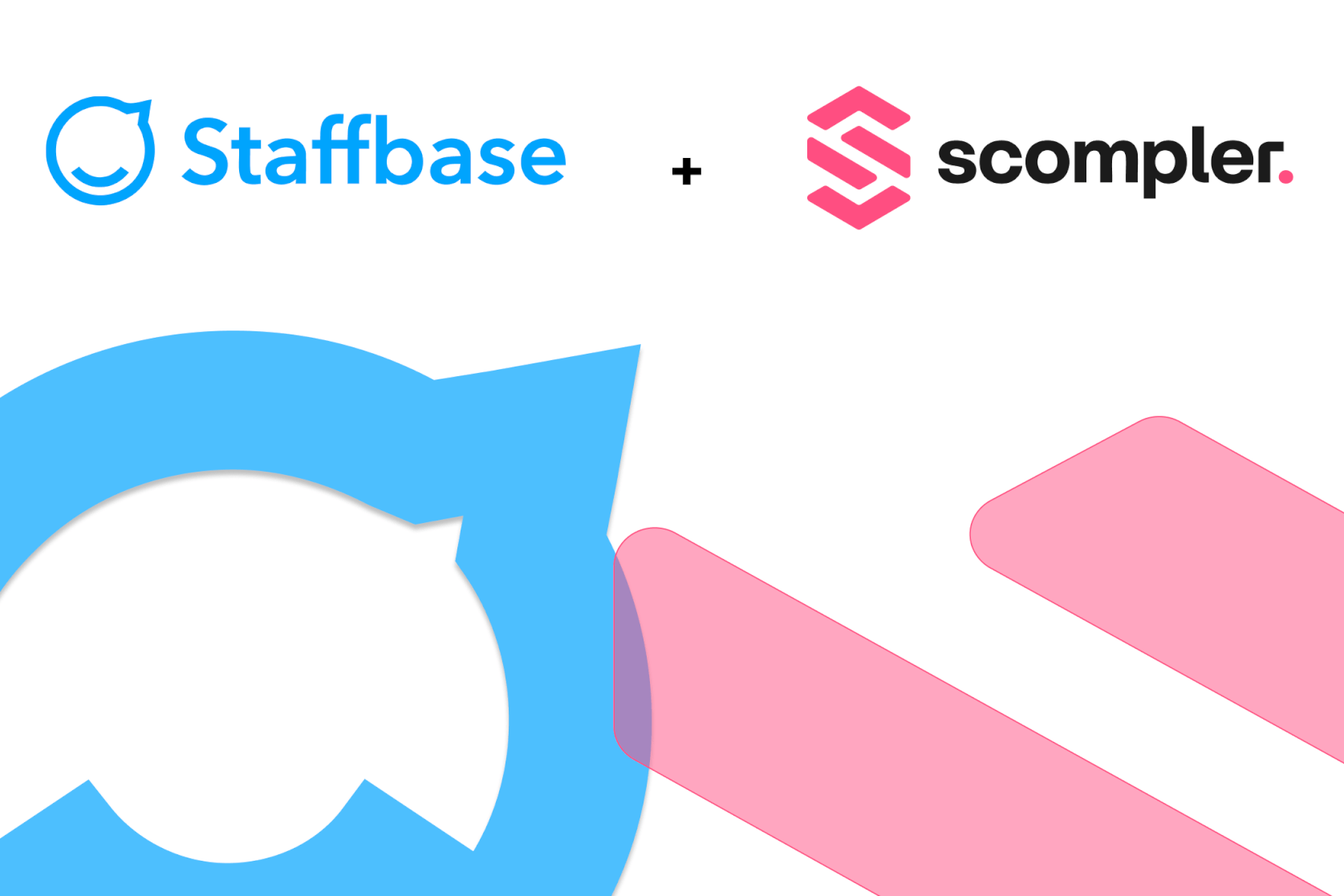Was Content-Strategie mit dem Fliegen gemeinsam hat
Content-Strategie hat viel mit dem Fliegen gemeinsam, bzw. einem Flugzeug… Wenn man es mit den unterschiedlichen Teilen und Prozessen vergleicht, die nötig sind, um das Fliegen überhaupt möglich zu machen.
In einem meiner letzten Blogartikel über die Idee einer „Minimum Viable Content Strategy“ (auf Englisch) erkläre ich Content-Governance in Analogie dazu, wie man ein Flugzeug in die Luft bekommt. Dieses Bild des Fliegen eines Flugzeuges verwende ich ebenfalls oft bei Onboardings von Unternehmen, wenn es darum geht, Scompler als Content-Strategie & Planungs-Tool aufzusetzen und in die Hand zu nehmen.
Die Analogie zum Fliegen lässt sich ebenfalls verwenden, um die Komplexität von Content-Strategien und deren Operationalisierung oder Umsetzung zu zeigen.
Content-Strategien umzusetzen ist wie ein Flugzeug zu fliegen
Das Flugzeug revolutioniert tagtäglich die Art und Weise, wie wir unsere Welt wahrnehmen. Das Flugzeug macht die Welt zu einem kleineren Ort, indem es uns ermöglicht, schnell von A nach B zu kommen.
Was wir als Vielflieger oder Touristen zumeist nicht (mehr) sehen: Der von uns heutzutage als „normal“ wahrgenommene Flug mit dem Flugzeug erfordert das Zusammenspiel sehr komplexer Technologien und Kompetenzen, um uns sicher und effizient zu unserem Zielort zu bringen.
Die lässt sich durchaus mit der Erstellung, Umsetzung und Verfolgung einer Content-Strategie vergleichen.
Wie heben wir ab (mit allen Passagieren an Bord)?
Bevor Sie in ein Flugzeug einsteigen (oder übertragen auf unser Beispiel unser Kunde unseren Content liest), durchlaufen Sie selbst zahlreiche unumgängliche Abläufe und Prozesse und Sie befolgen dabei zahllose Regeln. Sie müssen zum Flughafen, einchecken, durch die Sicherheitskontrolle, werden in den richtigen Warteraum geleitet und folgen den Hinweisen auf Schultern und des Personals (i.e. UX / UI), bis Sie ihren Platz im Flugzeug einnehmen.
Der Pilot (i.e. der „Content-Stratege“) kümmert sich (ggf. mit einem Co-Piloten) um die Kommunikation bis zur Startfreigabe mit dem Control Tower (i.e. der Vorstand oder Bereichsleiter), „Check ups“ und Roadmap (Zieldefinitionen im Abgleich mit Ressourcen und guter Infrastruktur / Technik).
Die Stewards und Stewardessen (i.e. das Content-Team) kümmern sich um das Wohlbefinden der Passagiere, wohlwissend, was wann passiert (Customer Journey) um von A nach B zu kommen und haben als Ziel, dass Sicherheit eingehalten wird und sich jeder an Bord wohl fühlt (Customer Experience).
Wer sitzt im Cockpit?
Der Pilot und Co-Pilot sitzen im Cockpit und sind Experten darin, ein komplexes Konstrukt sicher ans Ziel zu bringen. Dabei müssen sie auch mit Stewards & Stewardessen regelmäßig kommunizieren (i.e. Management des Content-Teams), regelmäßig des Status der Flugroute and Control Tower weiterleiten, wie auch ab und an direkt mit den Passagieren sprechen. Gegebenenfalls muss die Roadmap oder Flughöhe angepasst werden (Taktiken), das Ziel, von A nach B zu kommen bleibt aber bestehen (strategische Ziele).
Pilot und Co-Pilot sitzen ausschließlich im Cockpit und behalten das Dashboard immer im Auge: kein einfaches Unterfangen, aber das braucht es, um ein Flugzeug sicher zu fliegen! Helfer wie der Autopilot (technologische Helfer wie z.B. Marketing Automation, AI, Bots, usw.) können den Job vereinfachen, doch sind Piloten und Co-Piloten nicht wegzudenken.

Was passiert während des Fluges?
Es mag erfahrenen Fliegern nicht so erscheinen, aber um die Qualität und Sicherheit aller an Bord zu garantieren, gibt es während der Flugzeit klare Regeln und „Guidelines“. Beispielsweise für Stewardessen, wie man in bestimmten Situationen umgeht, z.B. im Dialog mit Passagieren (Community Management & Kundendienst), bei Turbulenzen (Probleme mit Produkten / Dienstleistungen) oder bei Start & Landung (z.B. On- & Offboarding von Kunden im Marketing-Kontext).
Notwendig ist die gute Kommunikation zwischen Cockpit und Stewards und Stewardessen (interne Kommunikation), um auch in unvorhergesehenen Situationen alles im Griff zu haben.
Content-Strategien umzusetzen ist wie ein Flugzeug zu fliegen








